We all know that it can be tough to find distinctive, likely-to-be-appreciated gifts for Catholics (or for non-Catholics, for that matter), and so, Julian (J) and I (Dr. K) would like to do our part in making some suggestions. N.B.: we were not paid to sponsor any of these items; we are recommending them because we genuinely like them. Please note that some of the books are affiliate links via Bookshop.org.
Things to Drink (J)
Birra Nursia
The monks of Norcia began micro-brewing about a decade ago. Since then their operation has grown, and although it is still a specialty beverage, it is easier to get in the US than it was a few years ago. Inspired by Belgian monastic brews, Birra Nursia would make a great gift for anyone enamored of the fruit of the grain! I ordered several cases as groomsmen gifts at my wedding this past September. My favorite is their light Bionda — their darker Tripel and Extra are very strong, especially to drinkers of weaker American beers.
Owen Roe Wines
On the fruit-of-the-grape front, I discovered the Owen Roe winery earlier this year. Run by a graduate of Thomas Aquinas College, I’ve only tasted their Abbot’s Table, a blend of reds that is one of the smoothest, sweetest non-desert wines I’ve ever tasted. This is the red I’d choose if I could only drink one wine for the rest of my life. It’s not currently easy to order from their website, but you can find it on other sites like Wine.com.
Mystic Monk Coffee
Nestled in the craggy mountains of Wyoming live the Carmelite Monks of Wyoming. Celebrating the traditional rite of their order, these eremitical Carmelites are in the process of building a beautiful Gothic monastery in the wilderness. Besides donations, their primary form of income is the coffee they roast: Mystic Monk Coffee. It is excellent. My favorite (and my father’s favorite for years) is the Midnight Vigils blend. I published an article on them and some other Catholic coffee companies earlier this summer, should you want to explore more “blessed beans.” If you need something to drink it out of, you might consider the Medieval Jousting Snails mug I designed.
Things to Pray With
Bede’s Rosaries (J)
These paracord rosaries are handmade by the monks of Silverstream, where I discerned for several years. The rosaries are incredibly durable. I still have mine years later, with almost no wear and tear except tarnished beads — and it’s been in my pocket all day, most days, the whole time. The special “catechetical knot” used in these rosaries is explained in this short video:
Monastic Diurnal (Dr. K)
One of the most frequent questions I’m asked is, “What book do you use when praying the Divine Office?” Related to this question is another: “What do you recommend we do if we can’t get to the TLM?” My answer: start praying some of the “hours” (individual prayer segments) from a breviary. One possibility is to pray Prime in the morning and Compline in the evening. As a Benedictine oblate, I use what’s called the Monastic Diurnal, which contains the seven daytime offices (it’s missing only the Night Office or Matins, which most lay people don’t pray).
While I am using a pre-55 edition that I bought used online, the 1962 edition of the Diurnal is still worlds better than the postconciliar Liturgy of the Hours. You can get it from the Clear Creek Abbey bookshop (among other places). Once you have it, the blog Saints Will Arise will answer every possible question you could have about how to use it.
The Our Lady of Mount Carmel Hymnal (Dr. K)
There’s a LOT I could say about this spiffy new book. It is quite simply the most comprehensive traditional Catholic hymnal on the planet — it ought to become the default of every TLM parish, and would not be out of place in every Catholic home. I contributed a Foreword to it.
Just some quick highlights: you’ve got every Gregorian chant Mass and over a dozen (!) settings of the Credo; Mass for the Dead, Wedding, and Confirmation ceremonies; a vast repertoire of devotional chants and hymns, in English and in Latin, for each liturgical season, and with hymns given in four parts; chants for Holy Week; an exquisite selection of songs in honor of individual saints1; and music and prayers for special occasions — Candlemas, Reception of a Bishop, Te Deum, Angelus, Litanies, Sequences. If you want to read more about it, go here to its Os Justi Press page.
Magazines to Read
Hearth and Field (J)
This new magazine is wonderfully produced: thoughtful, funny, and practical, its authors discuss how to build chicken coops, how to grow raspberries, and how to quest for real life. Deeply Catholic, the content is free of news and commentary on current events. Timeless interests and considerations take their place instead. Putting principles into practice, you can even barter for your subscription… and you can get an issue before even paying (or sending cheese) for it.
European Conservative (J)
I sang the praises of this serious quarterly publication earlier this year at Crisis. As its name implies, the focus of the journal is traditional culture, faith, and politics in Europe, although they do touch on the USA and the rest of the world too. Approaching everything they do “from an unflinching traditionalist perspective,” their magazine engages, via a “conservative approach,” with the “current debates about the nation-state, the role of the family, and the future of European democracy.” EC is both handsome (a “coffee-table” magazine full of exquisite art) and profound. The best journal currently in print, and, we think, worth the investment.
Miscellaneous
Beard Balm (J)
The Silverstream Benedictines also carry a great beard balm. If you (or an important man in your life) has whiskers on the chin, you might check out this line of products. I like the St Joseph one. The monks note its versatility: “As this balm is made with natural ingredients, it can also be used as an aftershave (for those who do not have a beard) or a skin moisturizer, whether for your hands, your feet, or even as chapstick!”
Heirloom Saint Photos (Dr. K)
A store on Etsy called JanuaryJaneShop offers some wonderful “old-style” photos of beloved modern saints, done in a Polaroid manner and with their first name written beneath in a flowing script. Great for decorating a room or a party, sending to people in the mail, homeschool games, bookmarks…
Since not everyone venerates the same figures, JanuaryJane also lets you customize by choosing 5 or 9 of your favorites. The full collection will get you all 48 Polaroid saint prints. The lady who makes these has a website with other joyful saint-celebrating products.
BOOKS (J’s Picks)
Wings and Waves
Beowulf
He comes across the northern seas, mysterious and strong to fight a demon. What more can you ask of a story? Last year, Angelico Press published a pristine new translation of this justly famous epic. The Word-Hoard Beowulf is notable for its extensive notes and the translator’s preservation of as much of the original meaning as possible, often via leaving certain untranslatable words in the original Old English, instead of inadequately rendering them as other editions do. You can read my more extensive review of this edition at Catholic World Report.
I Married Adventure
This autobiography is as gripping as a novel: recounting the explorations of Martin and Osa Johnson from their homestate of Kansas to Borneo, Kenya, and the Congo. They wern’t in Kansas anymore, Toto! Whether by boat or plane, this husband and wife duo photographed and videoed tribes, flora, and fauna, many for the first time in history. Nearly every day includes a close encounter with a lion, a rhinoceros, or a headhunter… A very fun book.
Why fight a pointless war? French author and air-pioneer Antoine de Saint-Exupéry — best known for his novelette The Little Prince — muses on the defeat of France in 1941. As the French military breaks down, he continues to fly reconnaissance missions to gather what has essentially become useless information. In the midst of a collapsing infrastructure, in danger of bullets from fighter planes above and anti-aircraft batteries below, Saint-Exupéry dreamily muses on what makes France dear to him.
From Gadgets to Grasses
A one-time student of John Senior, Eric Brende experiments living with the Amish for 18 months. Questioning whether or not labor-saving devices are really labor saving, he discovers that subsistence farming is hardly a backbreaking exercise. Instead, Eric determines that what is really backbreaking and labor creating is tending our machines. His conclusion might come as a surprise, however. One of the best books I’ve read on how to live (or not) in the modern world.
The Lost Art of Reading Nature’s Signs
British adventurer and explorer Tristan Gooley explains how to be a detective on every walk: from clouds and the smell of air to tire tracks and butterflies, Gooley teaches the reader how to navigate without a map or compass, predict the weather, locate favorable campsites, and discover copious amounts from one’s surroundings.
This is perhaps my favorite book of the year. Coming from a refreshingly different perspective, scientist and Native American Robin Wall Kimmerer seeks to combine insights from indigenous wisdom with the modern scientific method. Deeply aware of the latter’s shortcomings, and its ties to materialistic consumerism, Kimmerer lyrically writes of indigenous gift economies, and the reverence it brought to relating to the natural world.
Fairies and Prairies
Surfer, father, writer, motorcyclist Bear Woznick takes inspiration from Cowboy honor codes to challenge young men to seek greatness. I know every Catholic manliness book says that: but I think this one is better at it than most. You can read my fuller review of it here. I’d recommend it for ages 16+.
A collection of short stories and poetry by J.R.R. Tolkien, this volume includes one of my favorites: “Smith of Wootton Major.” A mystical tale of a man who is given a gift which enables him to journey into the perilous realm of fairie, it has captured my imagination since I was a teenager. The edition linked above includes beautiful pencil illustrations by Allan Lee. Great for family story time!
Monks and Moderns
Another book I’ve reviewed before (although only in print), I found this short volume of spiritual correspondence very helpful in discerning out of religious life. Penned by the English Benedictine Hubert van Zeller, it addresses a young man struggling to find his place in the 1970s Church. In general, I can’t speak highly enough of this author.
Against the Tide is a collection of essays by the late English philosopher Roger Scruton. A profound thinker on modernity, Scruton was also an avid equestrian hunter, a hobby farmer, and a skilled organist for his Anglican parish, as I note in a review for Genealogies of Modernity. If you’ve never read Scruton before, and are looking for an accessible yet decisive book of commentary on modernity, look no further.
BOOKS (Dr. K’s Picks)
Thérèse of Lisieux: Secrets of Joy
This is — hands down, bar none, without exaggeration — one of the best spiritual books I’ve ever read or ever expect to read. (If you enjoyed Fr. Jean C. J. D’Elbée’s I Believe in Love or Fr. Jacques Philippes’s Searching for and Maintaining Peace, this is on that level.) Written by the greatest living preacher on the spirituality of St. Thérèse, Fr. Pierre Descouvemont, it has now thankfully been translated into English. You can get it from its publisher, Cenacle Press, or from its US distributor, Sophia Institute Press.What is so special about this book? Fr. Descouvemont goes through common problems we have with ourselves (Part 1), with others (Part 2), and with God (Part 3), and brings to bear on them the luminous teaching of Thérèse, augmented by perfectly chosen quotations from other saints. In Part 1, he looks at the pain of living, lack of motivation, trials, the heavy burden of the past, temptations too strong, lack of courage, complexes, and fear of the future. In Part 2: obsession with being the best, the pain of envy, annoyance, inconvenient interruptions, hardness of heart, resentment, blunders, and the world’s woes. In Part 3: dry prayer, constant distractions, fruitless communions, trouble reciting the rosary, haunting desire for authentic love, God’s apparent silence, the issue of heaven, fear of God’s judgement. Prepare to be renewed, comforted, enlightened, and challenged by the wisdom in these pages, which is anything but “conventional wisdom”!
Entering Heaven on Earth: The Signs, Symbols, and Saints of Catholic Churches
One of our best Catholic photographers, Fr. Lawrence Lew, OP, has given us a stupendous coffee-table encyclopedia of just what the subtitle of the book sums up. He took all the gorgeous photos, and he wrote the crystal-clear, just-the-right-length, theologically profound commentary.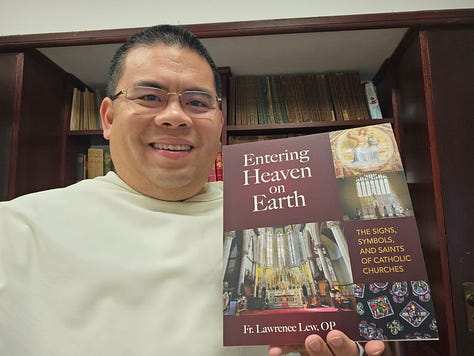
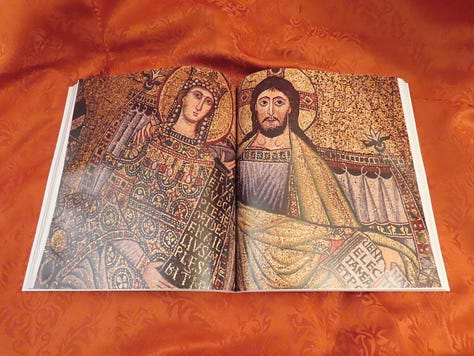
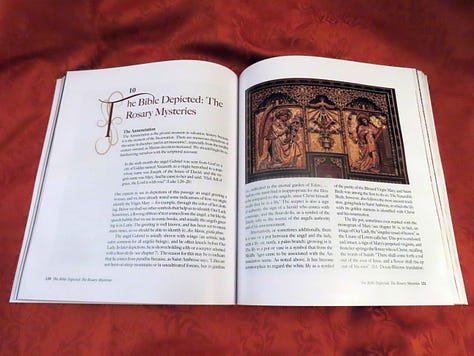

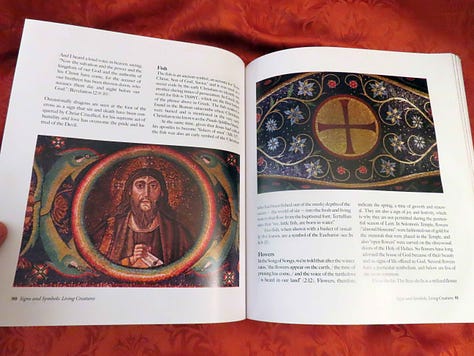
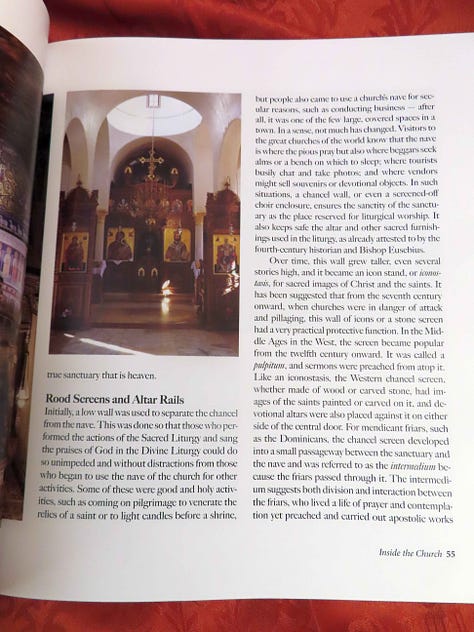
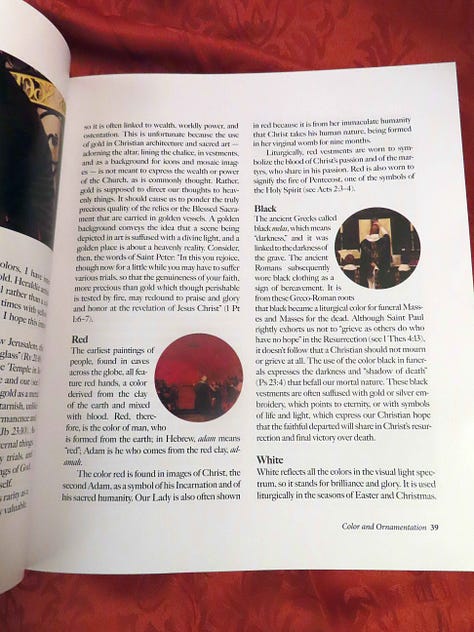
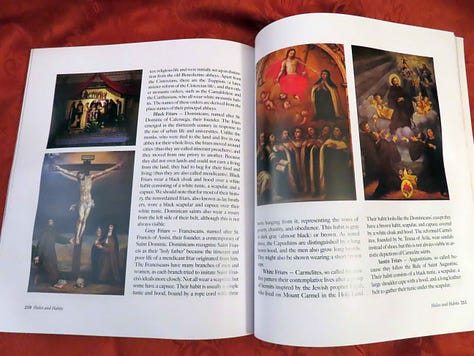
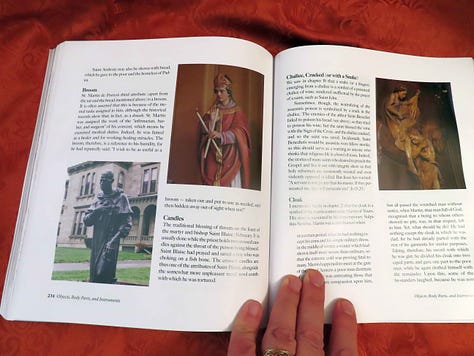
Some peeks inside In Part I, Fr. Lew takes us through sacred architecture, the form of the Church, color and ornamentation, altar and tabernacle. In Part II, he looks at living creatures and nonliving creatures as symbols. In Part III, the way the Bible is depicted in sacred art, with the rosary mysteries, the Old Testament scenes and typology, depictions of God, angels, the Last Judgment, and the sacraments. In Part IV, he takes us through artistic depictions and symbols of the saints: Our Lady, apostles, evangelists, and all the other categories, with their halos, habits, flora, fauna, objects, body parts, and instruments.
As I paged through the book I could not believe how thorough it is — there’s probably not a single thing you’ll ever see in a Catholic church, no matter how lavish its use of signs and symbols, that is not explained here! One thing I especially appreciate is that Fr. Lew’s commentary is deeply traditional but also quite delicate — there’s no hammering. He simply takes things for granted, such as the communion rail, or black as a proper color for Requiems. He’s a “gentle traditionalist,” to use Roger Buck’s phrase.Catholic Traditionalist Classics Bundle
Where do I begin? Angelico Press is doing mighty work when it comes to books on the TLM, whether new works or old ones republished. If I were to comment on all their titles in this area, we’d be here a long time! But today I simply want to draw your attention to their marvelous ongoing series, Catholic Traditionalist Classics.So far, they have published the trio of masterpieces by Fr. Bryan Houghton — Mitre & Crook, his fictional account of a bishop who’s finally had it and reestablishes the traditional faith throughout his diocese; Judith’s Marriage, a scintillating novel about a female convert who fights her way through the debacle of Vatican II and its aftermath; and Unwanted Priest, Fr. Houghton’s wry memoirs about his conversion, his vocation, his priestly ministry, and his resignation when the Novus Ordo came out — as well as a pair of extraordinary poetic protests by the Italian literary figure Tito Casini, his Torn Tunic in defense of Latin in the liturgy, and The Last Mass of Paul VI, a fantasy about a pope who surrenders every time to the forces of evil, except in the final moment, when everything is turned upside-down…
These brief descriptions simply can’t do justice to the delightful sparkle and penetrating insight of these books. You can get them separately, of course, but Angelico has now created a special bundle of all five, in paperback for $80 or in hardcover for $120. This would make a thrilling gift for a TLM priest or a serious devotee like your local MC or altar boy trainer or choir director or some such person. Or perhaps for yourself, if you drop a hint in the right direction!Cur Deus Verba: Why the Word Became Words
This is my all-time favorite book about Sacred Scripture. The author, Dr. Jeremy Holmes, managed to pull off the near-impossible: after decades of teaching the Bible and reflecting on it with the help of St. Thomas Aquinas, he wrote a book that gives the ancient masterpiece on the subject, St. Augustine’s On Christian Doctrine, a run for the money!This work would be hard to summarize briefly (you can read my Amazon review of it here), but let’s just say it revolves around a profound understanding of communicating truth and participating in truth. Of this truth God is the exemplar and tradition among us is the echo. Holmes shows why the tradition or handing-down of revelation should take a written form, why it must have multiple senses (literal and spiritual), why there ought to be difficulties we come against in the Bible, and so much more. This is a book that will forever change, for the better, your understanding and appreciation of Scripture.
Turned Around: Replying to Common Objections Against the Traditional Latin Mass
Okay, I’ll admit it, this is one of my own books — my most recent, to be precise — but I’m so happy with the way it came out, and so convinced it is a most helpful tool for inquiring minds, skeptics, newbies, and would-be TLM apologists, that I’m going to recommend it here anyway. If you’d like a signed copy, you can get one directly from my stash at this link (and if you want it inscribed to a particular name or names, just send me an email at the same time as the order). Of course it’s also over at that other store where most of us buy too much… To find out more about what’s inside, you can read everything from the title page to the end of the first chapter here (select “Sneak Peak”).Between Two Sounds: Arvo Pärt’s Journey to His Musical Language
Since I am a huge devotee of all things Pärtian (some might called me obsessed: I own every Pärt-related recording, score, and book that has ever been released!), I couldn’t resist picking up a copy of this new graphic biography of the composer, by his fellow Estonian Joonas Sildre, newly translated into English by Adam Cullen and published by Plough. Although I’m not normally a fan of the graphic art genre, I find this one very well done. The drawings are evocative and the text thoughtful and thought-provoking. Whether you know nothing about the composer or a great deal, there’s something here to enjoy and to ponder. We follow Pärt from the time of his birth up to the year 1980 when he emigrated to the West. Essentially you follow the emergence of the musician, the formation of the composer in the midst of the Soviet Union, the experimentation with musical styles, the long period of searching (with the Orthodox Church playing a major role therein), and the invention of the tintinnabuli technique.
This book would be a great gift, obviously, for any fan of Arvo Pärt’s music, but it would also be much appreciated by those interested in contemporary classical music and by artists and creatives in general, since the book’s main theme is creativity and finding one’s distinctive voice, in dialogue with tradition — even when it is politically incorrect.Here are a couple of sample pages:
Of the making of books — and of the reading of books — there is no end, but what would life be without them? I cannot imagine it. The most common daily occurrence at my house, after coffee, prayers, and meals, is the arrival of brown parcels, of just the right rectangular dimensions…
There’s always more one could recommend, but Julian and I don’t want to bury our readers beneath a blizzard. Thank you for reading and may God bless you in the coming Advent season as we look ahead to the gift that makes any gift worth giving and receiving.
To be specific: Our Lady, St. Joseph, St. Anne, the Holy Archangels and Guardian Angels, St. John the Baptist, SS. Peter and Paul, St. Peter in Chains, St. Peter’s Chair, and the Conversion of St. Paul, St. John, St. Stephen, the Holy Innocents, St. Cecilia, St. Martin, St. Teresa of Avila, St. Thérèse of Lisieux, St. Benedict, St. Scholastica, St. Dominic, St. Francis, St. Clare, St. Anthony, St. Elizabeth of Portugal, St. Hermenegild, St. Juliana Falconieri, St. Venantius, SS. Cyril and Methodius, St. Mary Magdalen, the Seven Holy Founders, St. John Cantius, St. Joan of Arc, St. Francis Xavier, St. Frances Xavier Cabrini, and St. Rita!


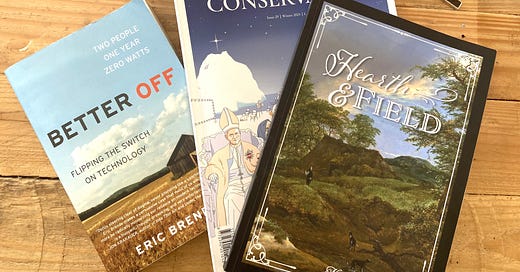




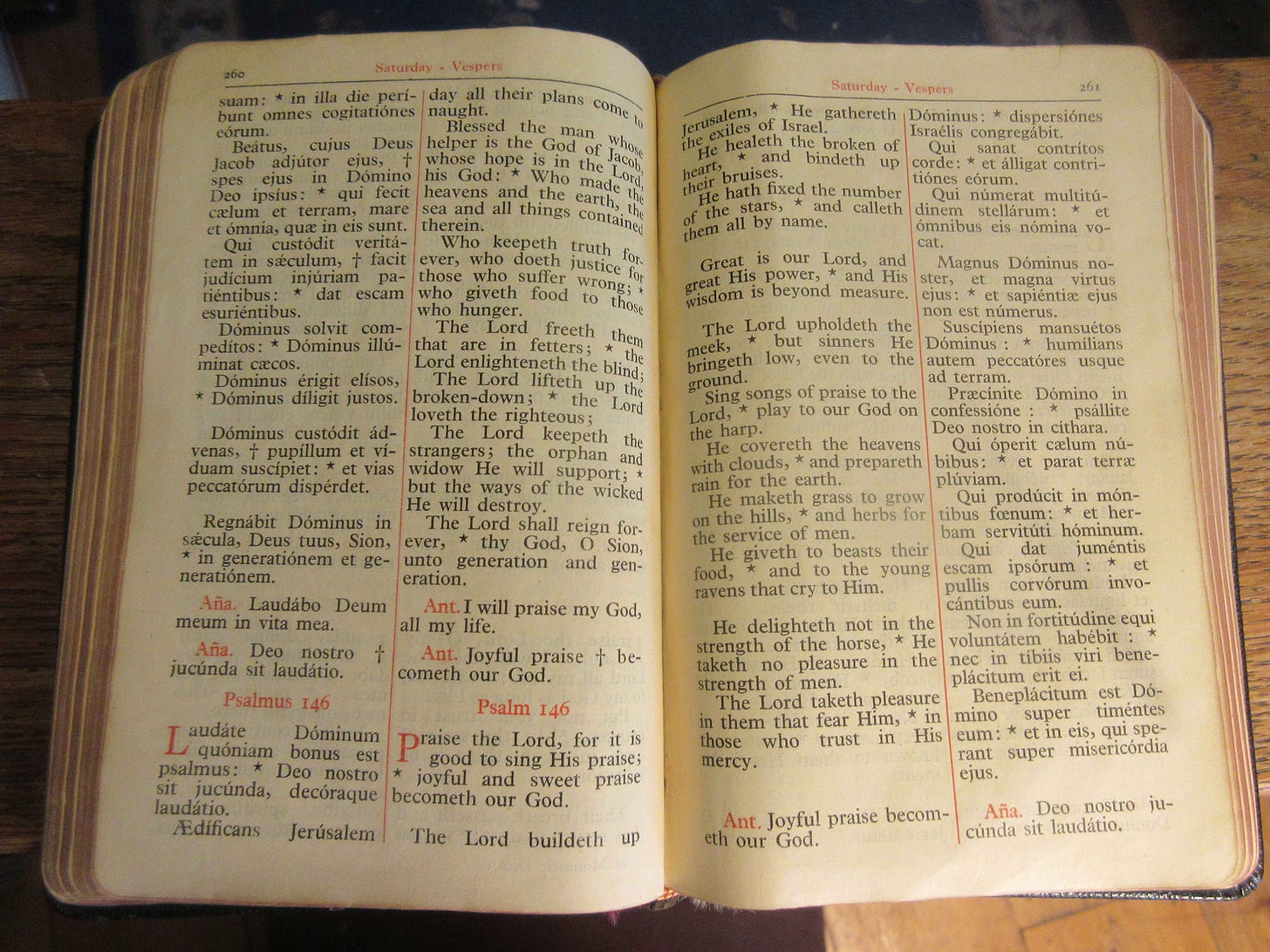

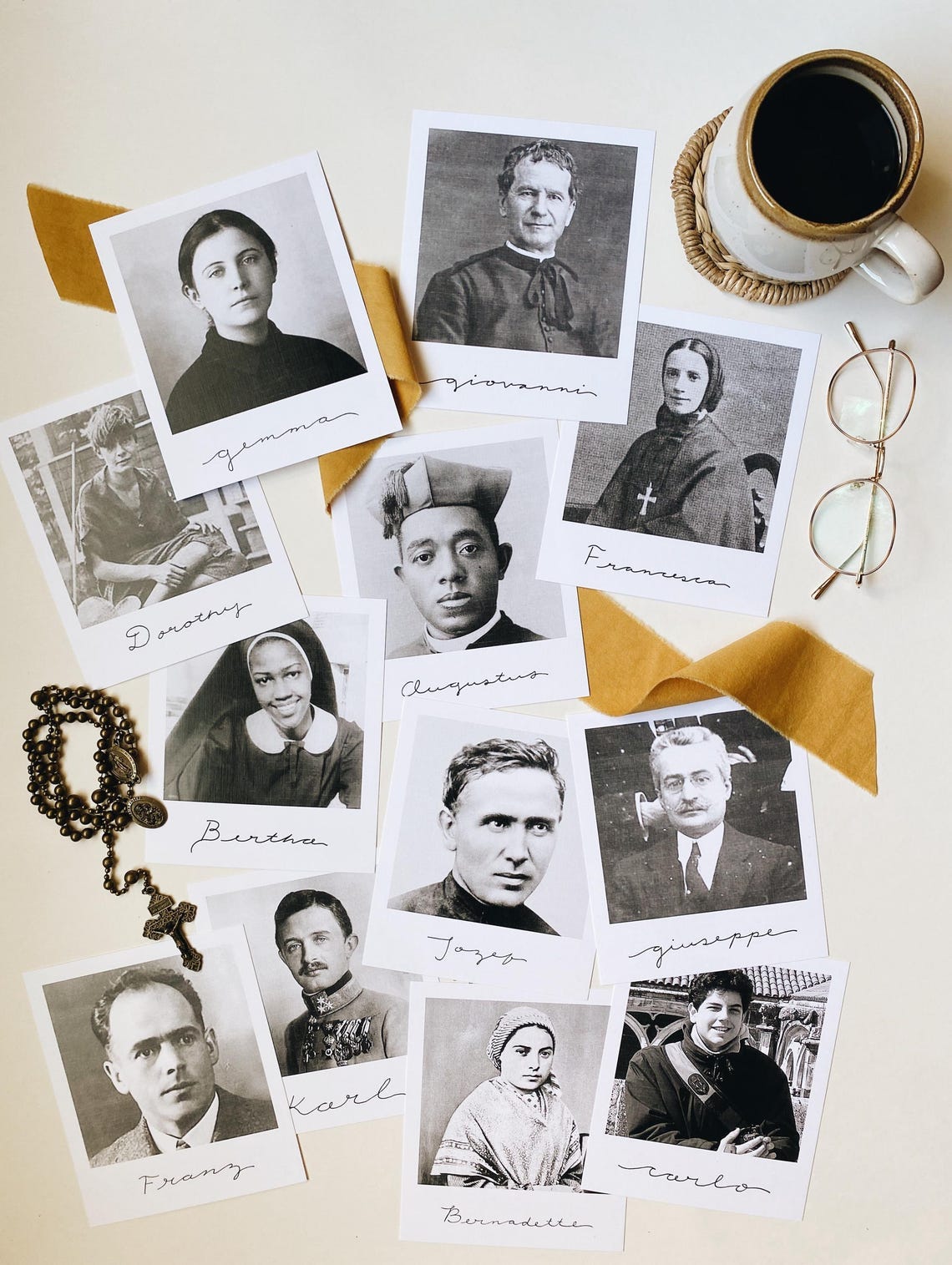
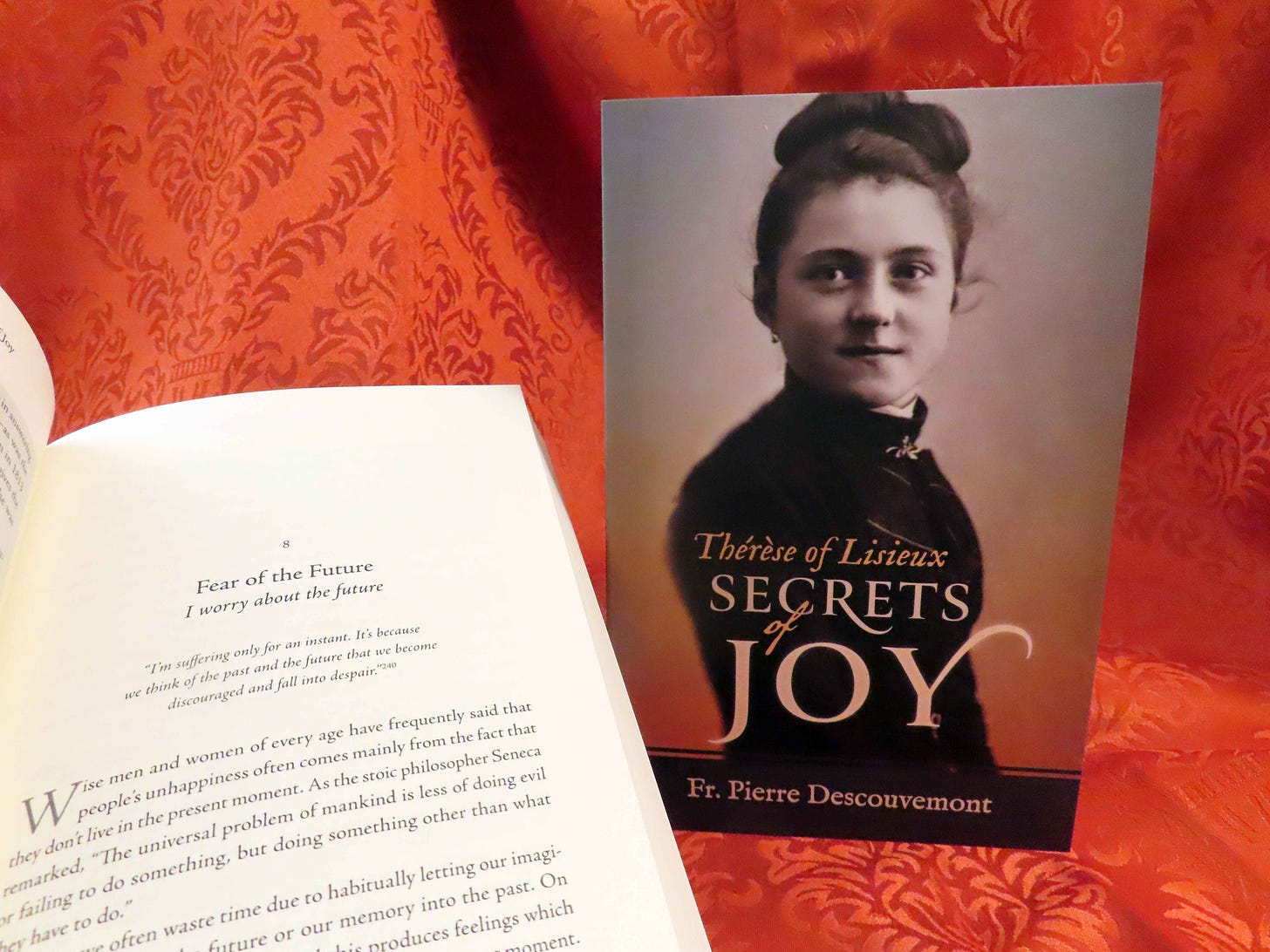
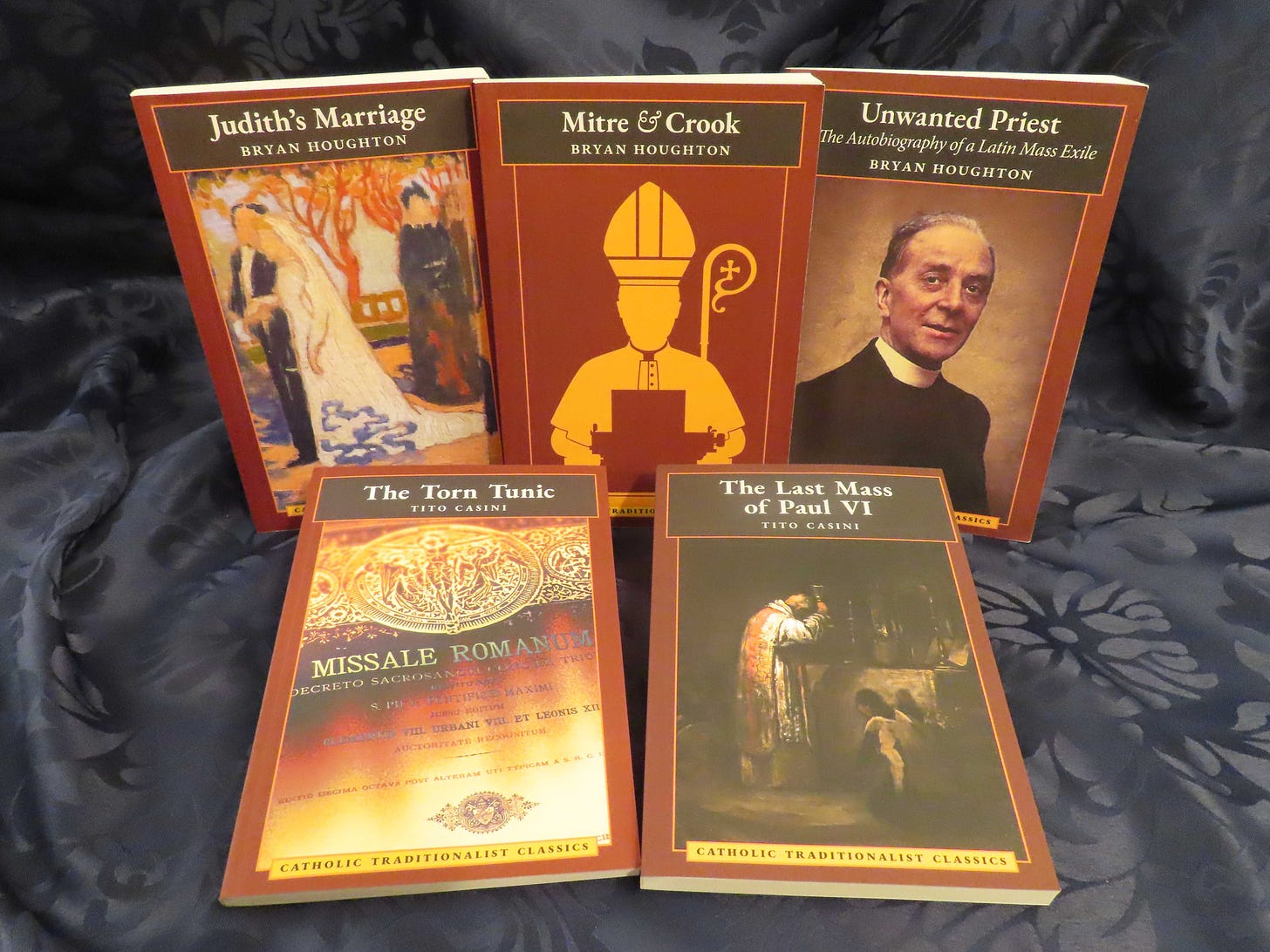
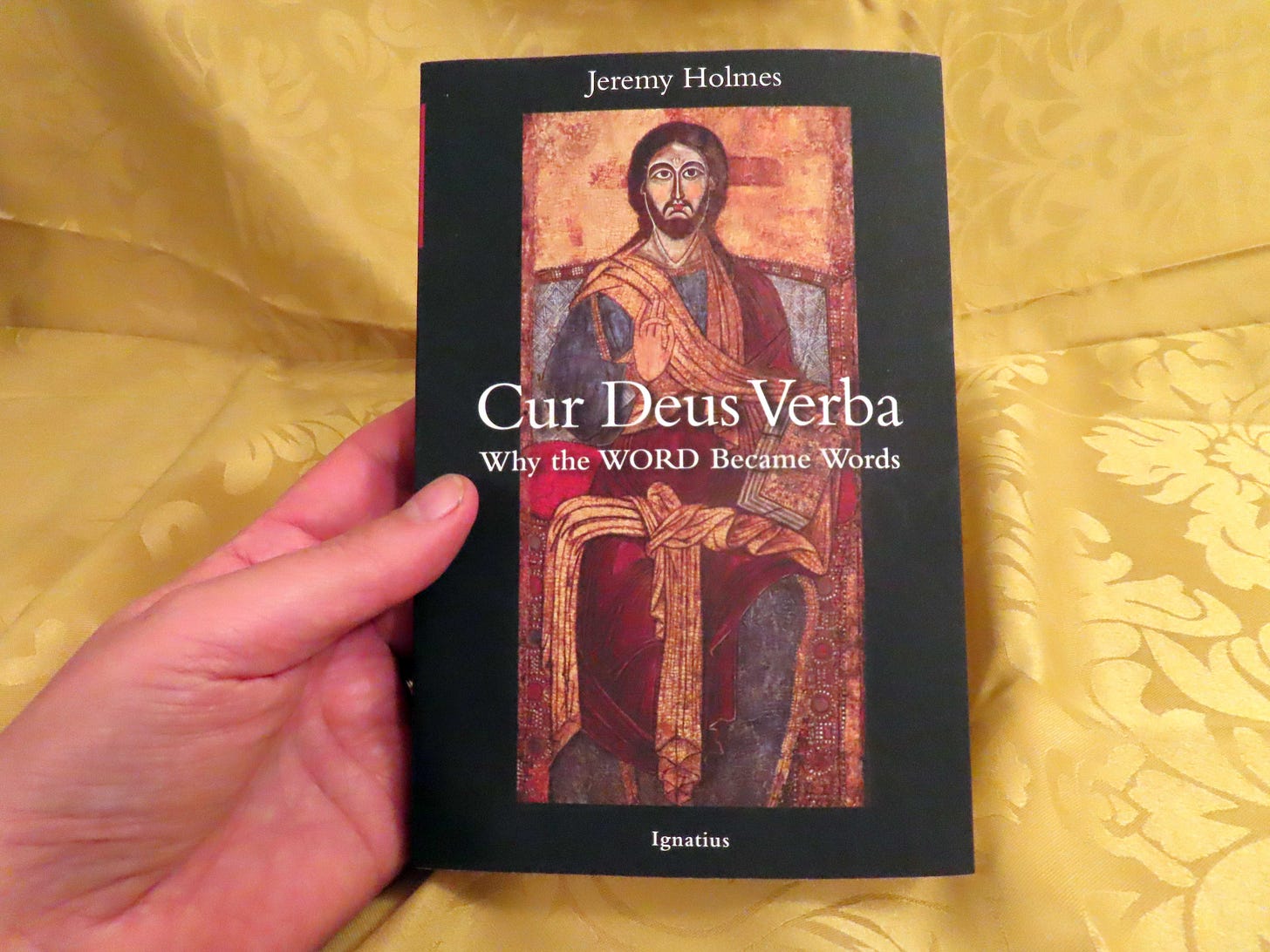
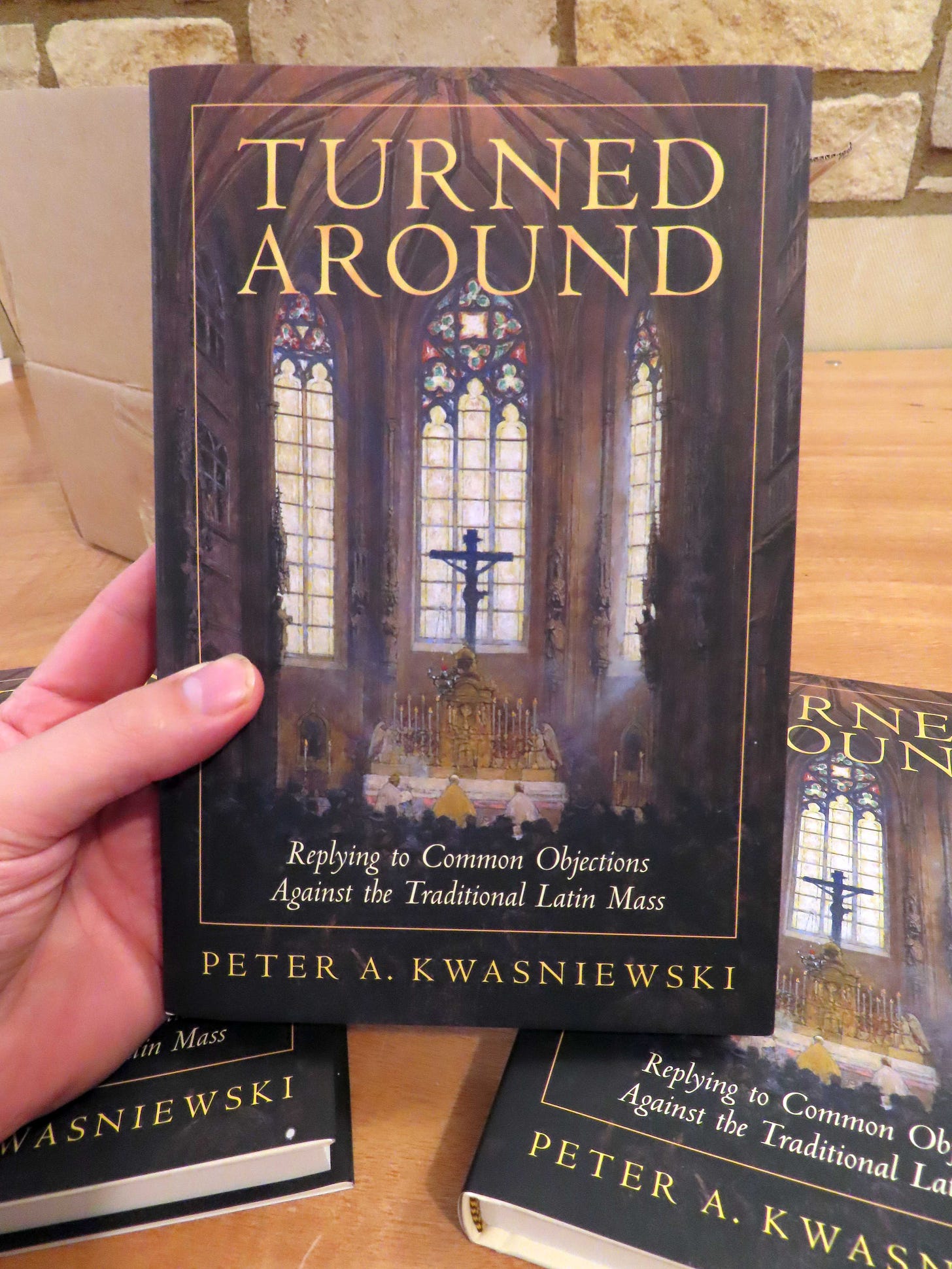

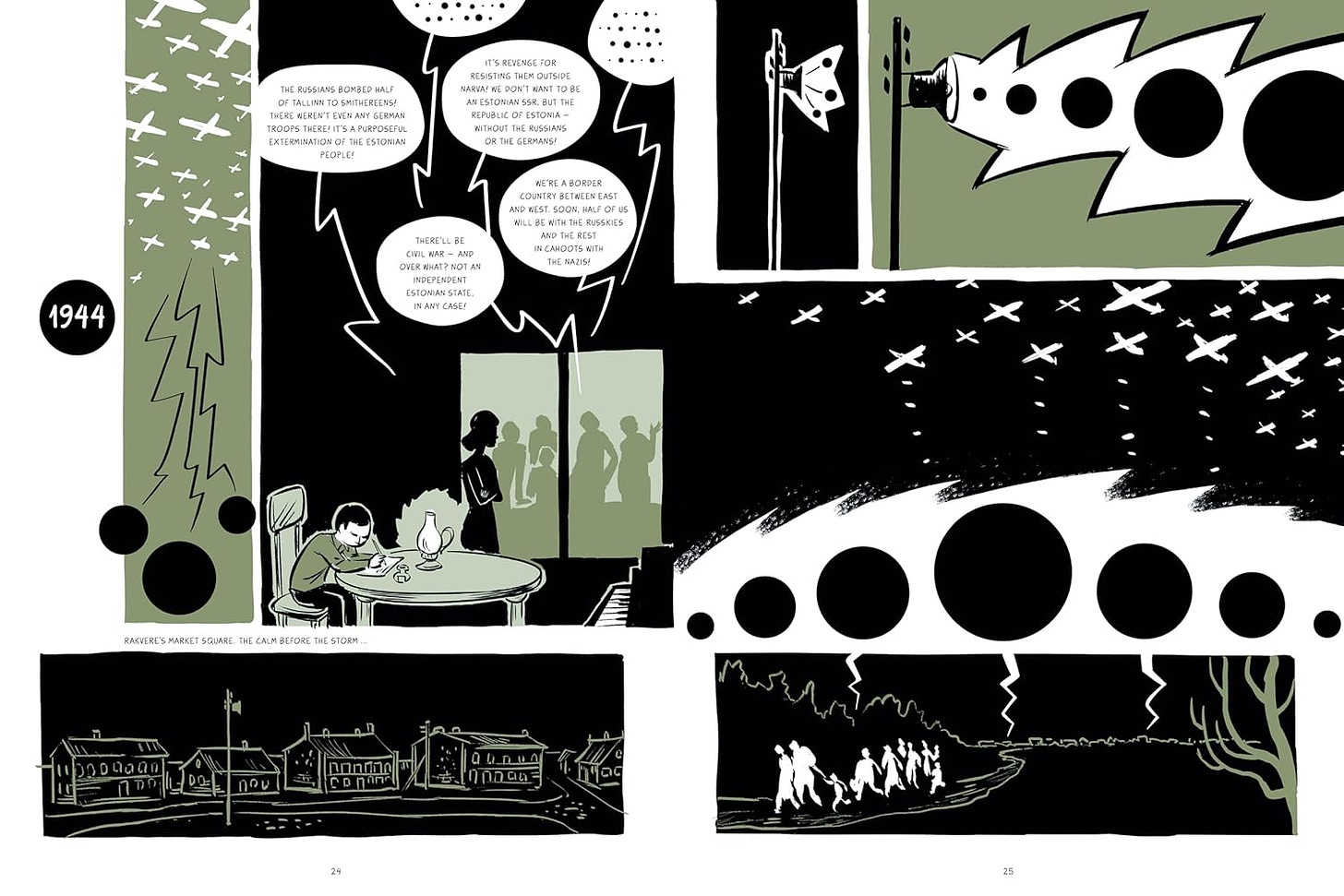
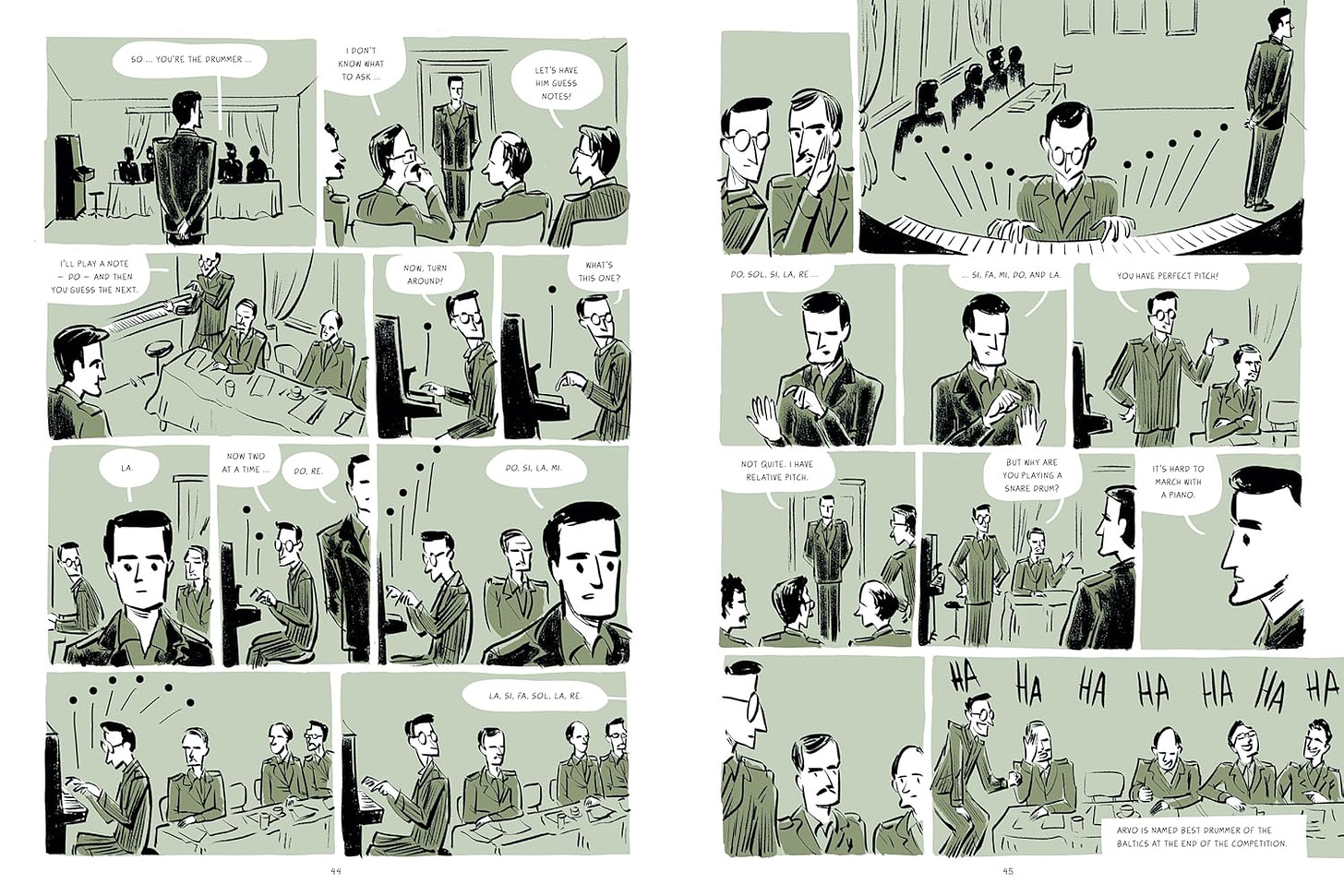
Thank you both for these fine recommendations! Arvo Pärt’s “Spiegel im Spiegel” is the most moving piece I have ever heard. It always imparts to me a sense of longing and transcendence. It is otherworldly.
I'm delighted to see "Hearth and Field" in your suggestions. It has replaced the now-defunct
Taproot as a favorite whole living periodical. My second issue arrived this week and when he saw it
my spouse said 'That's not a magazine, that's a beautiful book!" I plan to give myself the hymnal for a birthday present. Thank you for that recommendation- it is hard to pick just a few things!